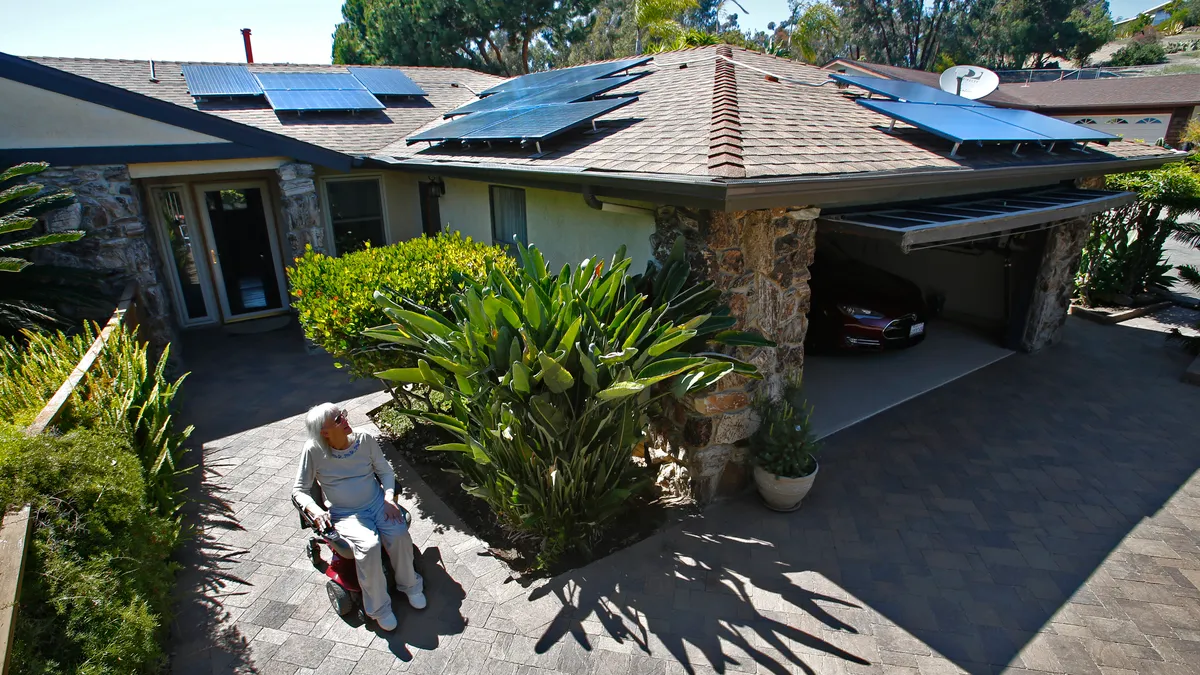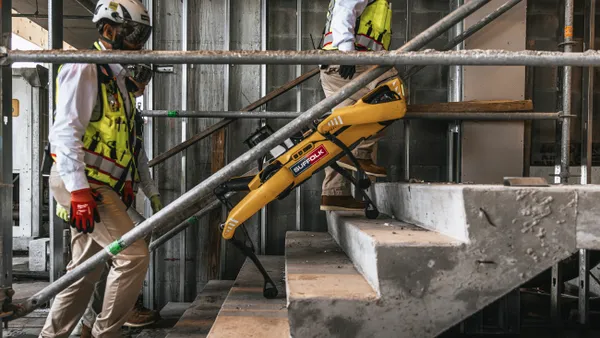UPDATE: Officials in South Miami, FL, voted Tuesday in favor of an ordinance that would require new homes and some residential renovations to include solar panels, the Miami Herald reported. Homes must have 175 square feet of photovoltaics (PVs) for every 1,000 square feet of roof area, unless there is significant shade.
Dive Brief:
-
South Miami officials had previously voted to delay the measure, which would make rooftop solar panels standard on new homes in the city, according to The Miami Herald.
-
The board said it wanted to ensure the measure adheres to city building code prior to a final vote, but the ordinance garnered unanimous support earlier in June.
-
Critics cited the fear of raising already-high home prices in South Florida with the addition of such panels. The Herald said “solar energy” adds 1% to building costs and that homeowners would see a return on that investment in roughly a decade.
Dive Insight:
South Miami is one of only a handful of U.S. cities requiring rooftop solar panels. Lancaster and Sebastopol, CA, became the first to require solar on new homes in 2013, while Santa Monica, CA, and San Francisco joined their ranks in 2016 and 2017, respectively.
More cities are expected to follow suit. Fremont, CA, could soon require new single- and multifamily homes to be constructed with solar panels and equipped with wiring for electric-vehicle charging. The ruling comes as part of California’s state-wide effort to reach net-zero energy by 2020 and could be put in place later this year following a decision on solar panel regulations.
However, such efforts will likely continue to be met by pushback from those fearing even higher home prices and wary of more housing rules and regulations.
A new wave of interest in solar technology, however, could help push the energy source further into the mainstream. Companies like Tesla and new competitor Forward Labs are attempting to provide the energy source for rooftop applications at a competitive price while also tackling the longtime challenge of aesthetics. A number of large homebuilders are getting into the solar game by offering the energy source for their home and community plans.
While homes equipped with solar panel systems have been shown to sell faster and for more, the power source’s stake in the residential market is set to dim in 2017, contracting for the first time in 16 years. The downshift will only be temporary as the sector transitions its focus on profitability as markets mature, competition ramps up and the cost of bringing in new customers rises. Following this brief retooling period, the U.S. Department of Energy estimates that the number of homes with solar installations could nearly quadruple to 4 million by 2020.














